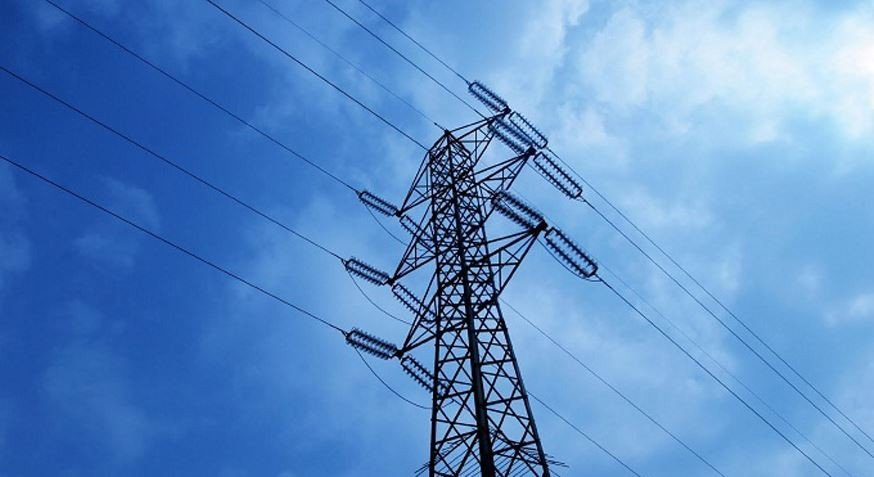KATHMANDU, MAY 8: To enhance the power transmission and distribution system of the Kathmandu Valley, the Nepal Electricity Authority (NEA) plans to build eight high capacity substations. The valley is developing substations with capacities of 400, 200, and 132 KV.
The authority has established a deadline of 2050 and is moving forward with the construction of transmission and distribution infrastructure in the main areas of the valley in a phased manner to meet the rising demand for electricity brought on by the increased population density.
In the Kathmandu Valley, the highest electricity demand is anticipated to reach 3,100 megawatts in 2050. 20 additional new substations are currently being built to meet the demand, according to the said demand. The land acquisition process for building the substation, according to the authority, has already begun. A survey is being done to build a 220 kV ring with 220 kV transmission structures encircling the outer edge of the valley.
Lapsiphedi, Matatirtha, Chobhar, Futung, Teku, Mulpani, Thimi, and Changunarayan in the Kathmandu Valley all have substations under construction. Teku and Changunarayan substations are now in the final stages of construction. For a June start-up, both substations are currently being built.
According to Kulman Ghising, managing director of the authority, work on a substation has begun in order to meet the growing demand for electricity in the Kathmandu Valley and to ensure a consistent and high-quality supply.
After paying a monitoring visit to the Teku, Futung, and Changunarayan substations that are currently under construction, he gave the professionals in project management and construction instructions to complete the construction within the allotted time.
“This winter’s lower-than-average demand for electricity in the Kathmandu Valley made it simpler to control the flow of electricity. The substation’s construction ought to be finished before the winter of next year, he said.
Teku’s 66/11 KV substation is being upgraded to 132/11 KV, and construction is underway on a new 132/11 KV substation in Futung. Both substations will be equipped with two power transformers with a 45/45 MVA capacity. Electricity will be “tapped” at the Futung substation from the Balaju-Chapli 132 KV double circuit transmission line.
Similar to this, nine new feeders will be removed from Teku substation for local power supply, facilitating the power supply of Kathmandu’s central region.
Projects like building new substations, automating existing substations, burying electrical wires, and adding and strengthening new feeders and transformers are currently being carried out to ensure the reliability of the power supply in the Kathmandu valley.
With investments from the Nepali government and NEA, a concessional loan from the Asian Development Bank (ADB), and a loan from the Japan International Cooperation Agency (JICA), the transmission and distribution system improvement has advanced.
Following the interruption of the Thankot-Chapagaon-Bhaktapur 132 KV transmission line’s construction in the Khokna, Bungmati, Harisidhi, and Lamatar areas of Lalitpur, the process of building a 132/11 KV substation in Chobhar has advanced. This transmission line is important for enhancing the valley’s electricity supply. The substation will have two 45 MVA power transformers.
On the land owned by Himal Cement close to the dry port, the process of acquiring the 12 ropani of land needed for substation construction is in progress. It has been built to connect Matatirtha and Chobhar with a 132 KV transmission line.
The 132kV underground line to the Lagankhel substation in Lalitpur will be built through the ring road, and a substation will be built in Chobhar. Lagankhel substation is being upgraded to 132kV and strengthened.
From there, the line will be undergrounded in the upcoming days to Chapagaon and Harsiddhi. From the Suchatar-Patan-Baneshwar 66 KV line, electricity is delivered to the Lalitpur area. This line is already “overloaded.”.
Lapsiphedi 400 and 220/132/11 KV substation construction, meanwhile, was halted due to regional obstruction. To distribute the electricity produced by the hydroelectric projects built in the Kathmandu Valley’s Tamakoshi and Sunkoshi river catchment areas, the Lapsiphedi substation will be built. Ten kilometers of transmission line between Lapsiphedi and Changunarayan substation are being built, but there is a local impediment.

